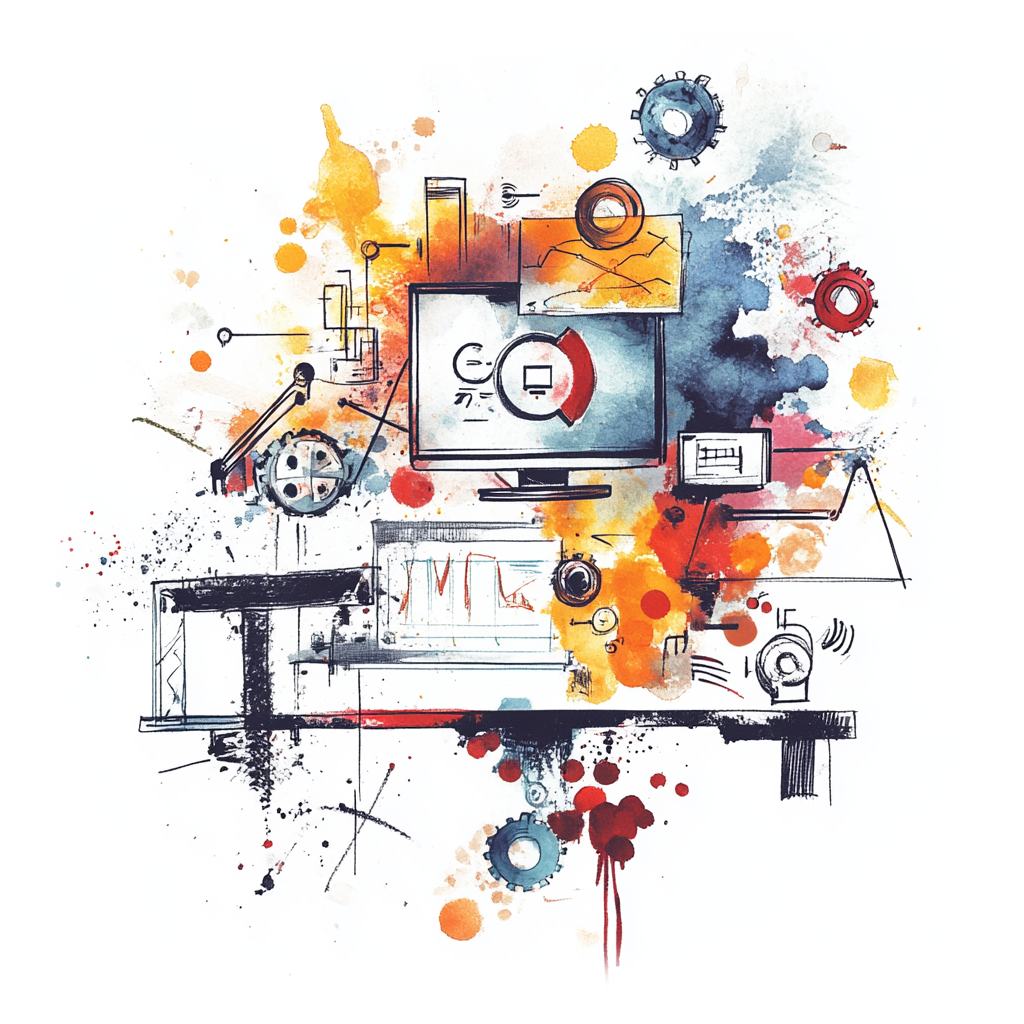Leveraging Self-Owned AI in Aquaculture
Learn how Aquaculture companies can leverage self-owned AI to enhance their operations and drive innovation.

Unlocking the Future: How Aquaculture Operators Can Leverage Their Own AI
In today's fast-paced world, aquaculture operators are often faced with complex challenges: environmental regulations, fluctuating market demands, and the imperative for sustainable practices. Fortunately, the advent of advanced artificial intelligence (AI) technology offers a golden opportunity for industry players to innovate and elevate their operations. By adopting your own AI, aquaculture businesses can streamline processes, enhance decision-making, and ultimately drive profitability.
Use Cases: AI in Aquaculture
Let's dive into some specific scenarios where your own AI can revolutionize aquaculture operations:
-
Monitoring Fish Health: Imagine deploying AI to analyze data from underwater cameras and sensors. Your AI could detect early signs of disease in fish, allowing you to take action before a small problem turns into a full-blown crisis.
-
Optimizing Feeding Practices: With an AI at your disposal, you can analyze feeding patterns and fish growth rates in real-time. This personalized approach means better health for your stock and reduced feed costs, effectively squeezing more profit from every fish.
-
Predictive Analytics for Harvesting: By utilizing historical data and market trends, your AI can forecast the best times to harvest. This ensures you’re not sitting on unsold inventory while markets are volatile or missing out on peak prices.
-
Supply Chain Management: Your AI could analyze logistics patterns, allowing you to determine the most efficient routes for delivery. This not only cuts down on transportation costs but also minimizes your carbon footprint—an increasingly important aspect of modern aquaculture.
-
Enhanced Customer Engagement: With your own AI, you can personalize communications and recommendations for your customers. Whether it’s unique recipes for your fish or nutritional advice, a tailored approach can foster loyalty and increase sales.
The Benefits of Your Own AI
Now, you may be wondering: why should I invest in my own AI rather than using a generic solution? The answer is simple. Here are the benefits of having your own AI tailored to your specific needs:
-
Customization: Unlike off-the-shelf solutions, your AI can be designed with your unique operational challenges in mind. Customized solutions mean better outcomes and greater efficiency.
-
Privacy and Control: Self-hosting your AI gives you complete control over your data. You won't have to worry about data privacy concerns or sharing sensitive information with third-party vendors.
-
Cost-Effectiveness Over Time: While the initial set-up might require some investment, the long-term savings from increased efficiencies, reduced waste, and improved pricing strategies often outweigh the costs.
-
Scalability: As your operations grow, your AI can evolve alongside you. Whether you're expanding into new markets or increasing your production capacity, a self-hosted AI can adapt to meet new demands.
Steps to Get Started
Feeling inspired? Here’s a straightforward roadmap to help you get on the path to implementing your own AI:
Step 1: Define Your Objectives
Before diving in, think about what you want to achieve. Are you looking to improve fish health? Reduce operating costs? Enhance customer engagement? Clearly defining your goals will help you customize your AI effectively.
Step 2: Gather Your Data
AI thrives on data. Start collecting relevant information from your operations, including species growth rates, feeding patterns, and sales reports. The more data you have, the smarter your AI will be!
Step 3: Partner with Experts
No need to navigate this new world alone. Collaborate with AI developers or data scientists who understand both technology and aquaculture. They can help design and build your customized AI solution.
Step 4: Set Up Your Infrastructure
Choose a reliable cloud service or on-premise solution to host your AI. The infrastructure you select will be the backbone of your operations, so make sure it’s robust and scalable.
Step 5: Train Your AI
Once your data is in the system, it’s time to train your AI. This will involve feeding historical data into the system to help it learn and make accurate predictions. Think of it as teaching your AI to become an expert in all things aquaculture.
Step 6: Monitor and Adjust
Once your AI is operational, monitor its performance closely. The beauty of having your own AI is that you can make adjustments based on your ongoing experiences and data inputs.
In conclusion, the aquaculture industry is ripe for innovation, and leveraging your own AI can be the key to unlocking tremendous potential. By enhancing efficiency, driving profits, and ensuring sustainable practices, self-hosting your own AI is not just an investment in technology—it’s an investment in the future of your business. So why not take the plunge? The waters are inviting!
